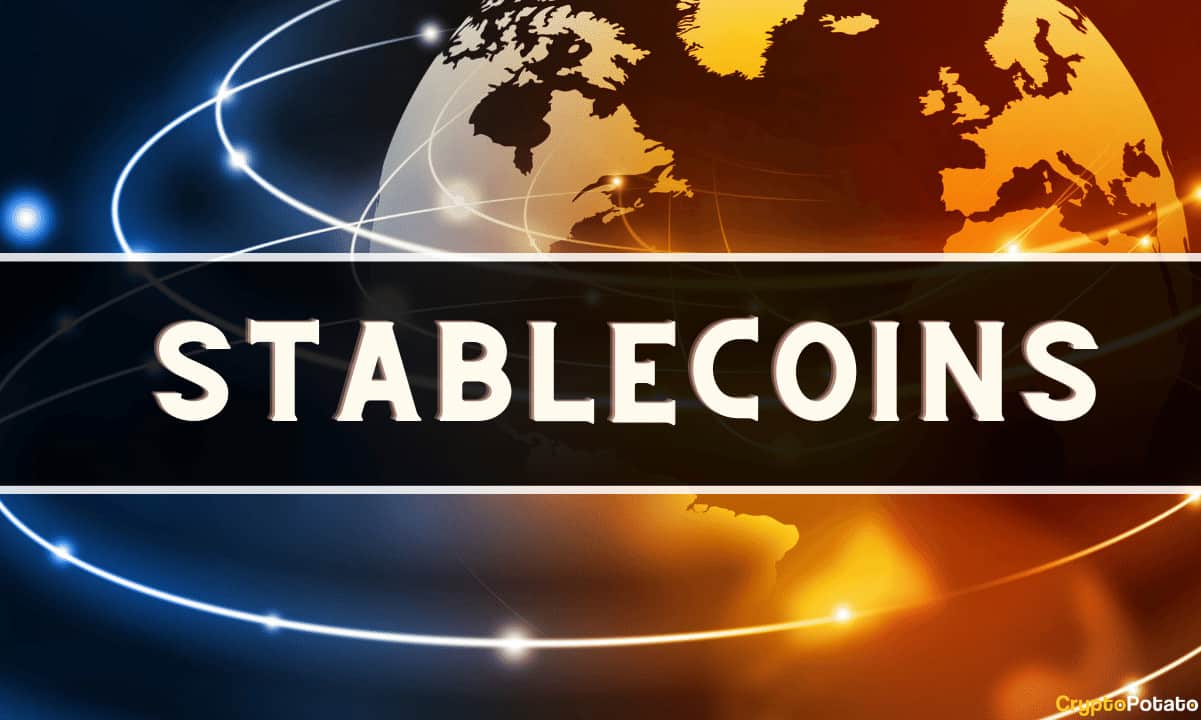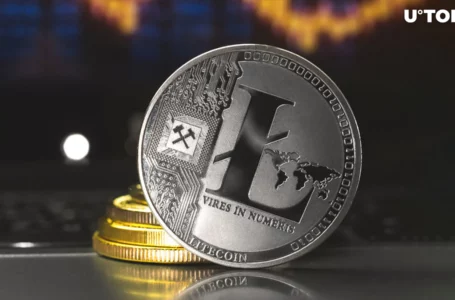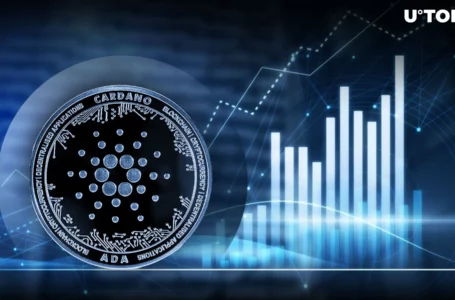
CryptoQuant – a blockchain analytics firm – has released a report evaluating data around stablecoins and their peg-robustness. It found that holding almost any of the current top stablecoins throughout 2022 was slightly more profitable than holding actual U.S. dollars.
The lightweight Stablecoin Premium
According to reportthe historical average daily close price for nearly all major stablecoins is just above $1.00, based on volume-weighted price close data dating back to 2017.
DAI – an Ethereum-based stablecoin backed by a mixture of assets – held a median daily closing price of 40 basis points above $1.00. It proved to hold the top premium among all stables, with USDP and TUSD trading at 35 and 33 basis point premiums, respectively.
“For traders, $BUSD looks best to hold for a long time due to high closing prices and less drawdowns,” tweeted CryptoQuant CEO Ki Young Ju on the data.
However, the one coin that traded at an overall discount across time was Tether (USDT) – the largest stablecoin by market cap. Tether has also traded at the highest recorded discount among its competitors – a whopping 4%. Meanwhile, USDC (its top competitor) holds an equivalent record for the highest premium at 4%.
“It should be noted that most of Tether’s price deviations below $1.00 occurred in 2017-2019,” the report states, “and its daily close price has essentially stabilized at 1, US$00 since 2020”.
The Most Stable Stablecoin?
The report also analyzes the price deviation patterns of various U.S. dollar-pegged stablecoins over time. Specifically, it measures each coin’s “Peg Robustness” – how much its market price deviates from $1.00 relative to its number of redemptions.
He found that GUSD has the highest robustness of all stablecoins. This means that its price faces low downside volatility, even in environments with high redemption rates.
Meanwhile, USDT had the lowest robustness of all stablecoins. That means its price deviation from $1.00 is high relative to low redemption flows.
As the report explains, a stablecoin is a cryptocurrency designed to remain pegged to a relatively stable underlying asset. These often include fiat currencies, but can also include commodities such as gold and other financial assets.
At present, the most popular stablecoins, including USDT, USDC, and Binance USD (BUSD) are pegged 1:1 to the U.S. dollar. Typically, these coins maintain their price peg using fully-backed and highly liquid reserves, which stablecoin holders can redeem their tokens for at any time.
The defunct TerraUSD (UST) attempted an alternative model in which the token was backed by LUNA – a highly volatile cryptocurrency. However, the model proved to be unstable when put under pressure, with both pieces collapsing to zero in May.
Of the current top 3, both Circle and Paxos have clarified in recent attestations that their USDC and BUSD reserves are fully backed by cash and U.S. treasuries. That only leaves Tether left to publish an equivalent Q2 report.


















